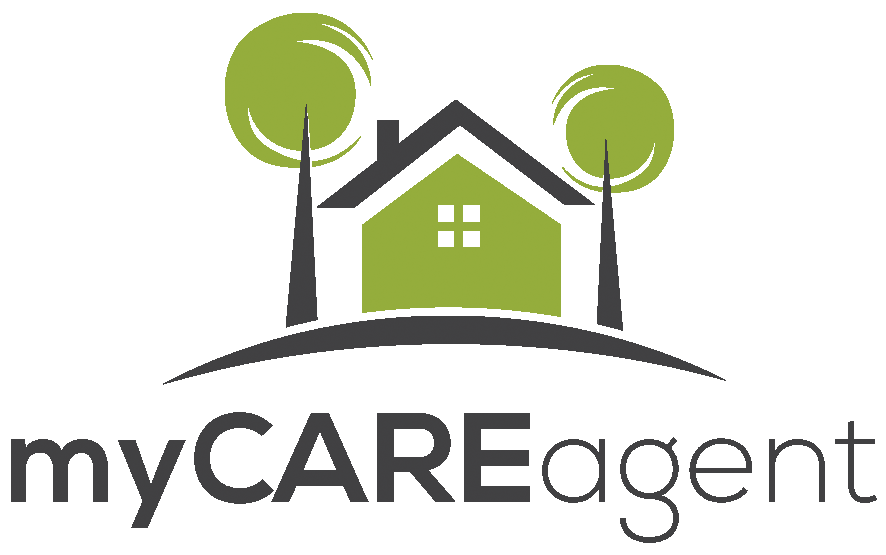
What Is Private Mortgage Insurance (PMI) and Why Is It Required?
Many homebuyers will encounter private mortgage insurance when purchasing a home with a conventional loan. Find out what private mortgage insurance is and how to avoid it.
What is Private Mortgage Insurance?
Private mortgage insurance, or PMI, is a type of mortgage insurance used with conventional loans that protects the lender against loss if a borrower defaults on their loan. Private mortgage insurance does not protect the borrower. While PMI only applies to conventional loans, FHA loans have their own mortgage insurance with different requirements.
When is PMI Required?
Most lenders require private mortgage insurance for loans with a loan-to-value (LTV) ratio of 80% or more. In essence, if you are planning on making a down payment of less than 20% of the purchase price of your home, expect to have private mortgage insurance tacked onto your loan.
Advantages of PMI
Private mortgage insurance can benefit some buyers by allowing them to secure a loan they might not otherwise be able to get. This may allow a borrower to obtain a loan sooner instead of waiting to save up for a steep 20% down payment.
Some lenders may offer low down payment conventional loans that do not require PMI. Usually, however, you will pay a higher interest rate for these loans. Paying a higher interest rate can be more or less expensive than PMI – it depends on your down payment, credit score, the particular lender, and general market conditions.
How is PMI Calculated?
Private mortgage insurance costs about 0.25% to 2% of your loan balance per year, depending on your down payment, loan term, and credit score. The greater the risk factors, the higher the rate you will pay. Also, because PMI is a percentage of the loan amount, the more you borrow, the more you will pay in private mortgage insurance. There are six major PMI companies in the Unites States. They charge similar rates, which are adjusted annually.
How Do You Pay For PMI?
Some lenders may offer more than one option to pay for private mortgage insurance. The most common way to pay for PMI is a monthly premium. This premium is added to your monthly mortgage amount and is paid along with your mortgage payment. Sometimes you can pay for PMI with a one-time upfront premium paid at closing – although you need to calculate carefully if paying upfront PMI will save you more than simply making a larger down payment.
The premium, either monthly or upfront, is shown on your Loan Estimate and Closing Disclosure, which your lender will provide to you when you apply for the loan and before the final loan acceptance. These disclosures will tell you how many years and months it will take to pay down your loan sufficiently to cancel the mortgage insurance.
If the lender you are working with offers more than one option, ask your loan officer to help you calculate the total cost over a few different timeframes that are realistic for you.
How is LTV Calculated?
To calculate your loan-to-value (LTV) ratio to determine whether PMI is required, divide your loan balance (the amount you still owe) by the original purchase price.
Example: Ms. Homeowner purchased a house for $300,000 a few years ago with a 5% down payment, requiring private mortgage insurance. She has paid down the loan’s principle balance to $240,000.
LTV = loan balance / original purchase price
$240,000 / $300,000 = 80% LTV
Ms. Homeowner now has 20% equity in her home and is now eligible to remove the private mortgage insurance from her loan.
Getting Rid of PMI
Private mortgage insurance does not exist for the entire life of the loan, and there are a couple ways to have it removed. Mortgage servicers must give borrowers an annual statement with contact information about cancelling mortgage insurance.
To cancel your private mortgage insurance, keep in mind that you must be current on your payments and have a good payment history. You might also have to prove that you don’t have any other liens on the property (ex. Home equity loan or home equity line of credit).
Pay Down Your Loan to 80% LTV
Because private mortgage insurance is only used to insure loans with a LTV of 80% or more, the simplest way to remove PMI is to pay down your loan. Keep track of our mortgage’s principle balance and once you have 20% equity in your home (your loan equals 80% of the purchase price), you can request your lender to remove the PMI from your loan. This request must be done in writing.
Paying down your loan may take some time, but keep in mind that even small additional payments of $50-$100 can mean a dramatic drop in your loan balance over time.
Pay Down Your Loan to 78% LTV
When your loan balance falls to 78% LTV (78% of the purchase price), your lender is required by law (the federal Homeowner’s Protection Act) to remove the private mortgage insurance on your loan, even if your home’s market value has gone down (as long as you are current on your mortgage payments).
Remodel
An addition or remodel may increase your home’s market value. If you have done some major renovations to your home that dramatically increases your home’s value, ask your lender to recalculate your loan-to-value ratio using the new value figure. Not all lenders will be willing to make this adjustment, and a formal appraisal is usually required.
Refinance
Maybe you did some remodeling, or maybe the market value of your neighborhood has simply gone up, creating instant equity in your home. This happens in California neighborhoods all the time when a neighborhood suddenly becomes popular and the increase of interest spurs business and residential speculation, driving prices up. If you believe your home is worth more than when you originated your loan, you may be able to refinance and ditch the private mortgage insurance.
It is important to have a strong value estimation of your home’s new value as refinancing is the same as applying for a new loan. Your lender will need to order an official appraisal to determine the loan-to-value ratio. The new LTV must be 80% or less in order to forego the PMI. Initiating a new loan comes with origination fees and lender fees, so you will want to calculate carefully to make sure the refinance cost does not exceed the money you will save by eliminating private mortgage insurance.
Get a New Appraisal
If your home has increased in value, some lenders will consider a new appraisal instead of the original sales price when deciding whether you meet the 20% equity threshold. An appraisal generally costs $300-$500.
Other Things To Consider
Borrowers making a low down payment may also want to consider other types of loans, such as an FHA loan. Other types of loans may be more or less expensive than a conventional loan with PMI, depending on your down payment, credit score, the particular lender, and general market conditions.
You may also want to consider saving up the money to make a 20% down payment, in which case PMI is not required.
Ask your lender to show you detailed pricing for different options so you can see which is the best deal. You may also want to contact a tax advisor to determine how paying more in interest or paying PMI might affect your taxes.





0 Responses
This is some good stuff to understand, especially for those who live in the US.
Well all this really does is secure my knowledge that I do not know nearly enough about this stuff as I probably should. I cannot help but think they do not want us to know all of this. Good stuff, though, so thanks.